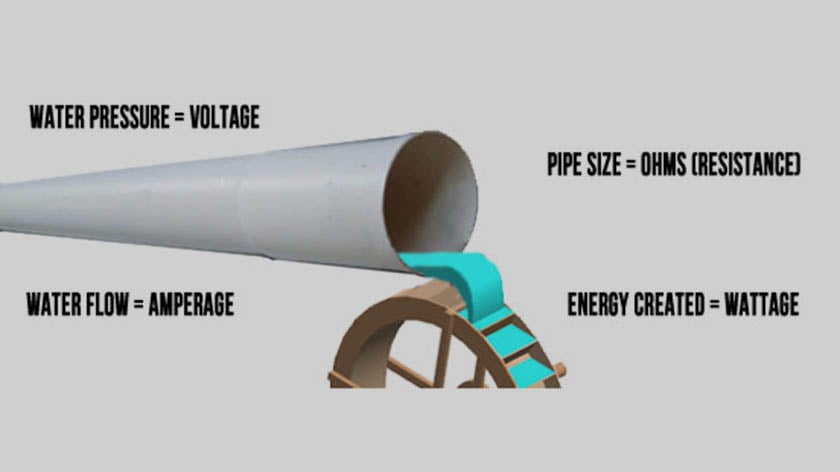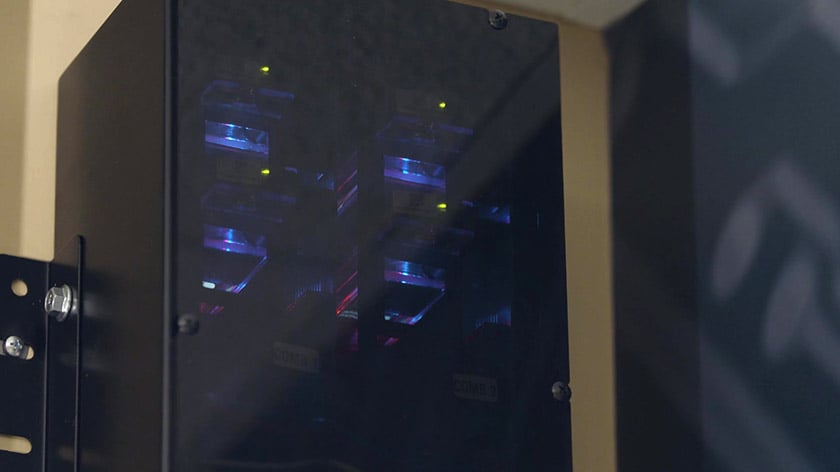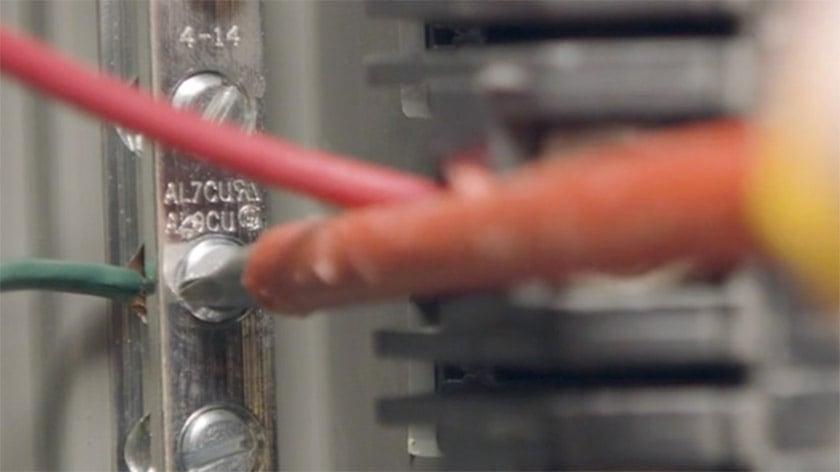Packet Power Blog
Subscribe via Email
Know your power

Understand Power: Volts, Amps, Watts, Watt-hours and Cost

Three-Phase Power or the Magic of the Missing Neutral

Installing Packet Power Smart Power Cables [VIDEO]

How Does Branch Circuit Monitoring Work in Practice

Monitoring Made to Measure Simplifies Power Monitoring [VIDEO]
Avoiding Disaster With Smart Power and Temperature Monitoring Systems
Metered, Monitored, Switched, Smart: Comparing Types of PDUs

Power Factor: The Difference Between Promise and Reality




